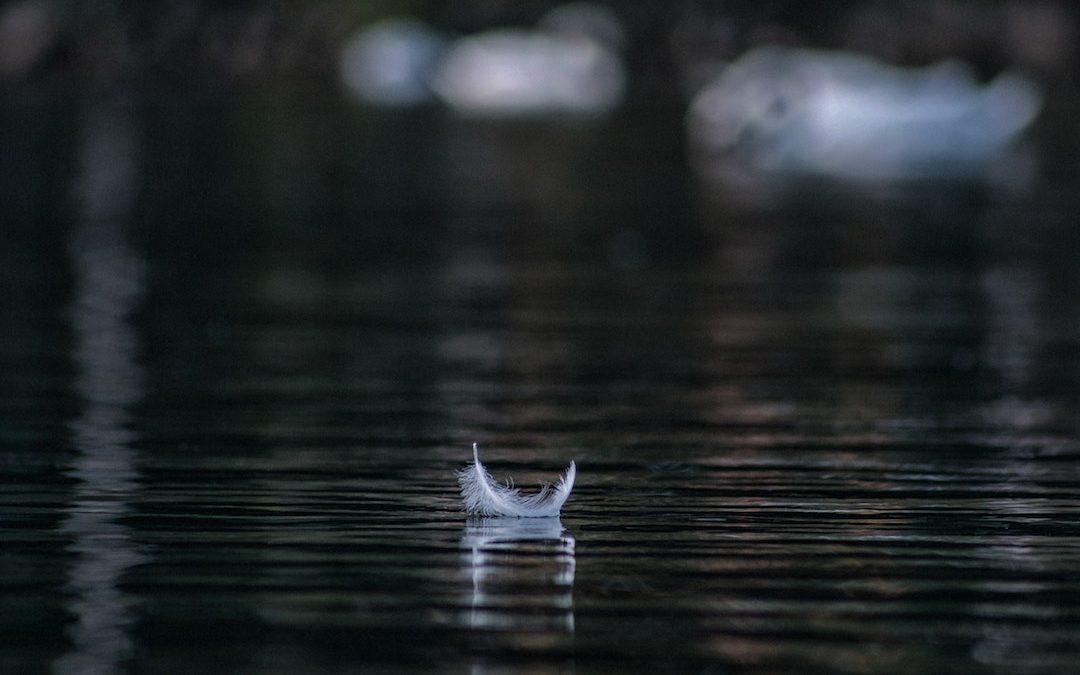The Boy Who Loved a Swan is based very loosely on the Russian fairy tale, “The White Duck.” It’s a tragic tale of loss and grief, and also one of restoration.
Here’s how it goes:
Once there was a king who left his new wife at her new castle so that he could travel. He warned her, ominously, not to leave her quarters or listen to advice from those in his court, whom he didn’t trust (which begs the question: why would he leave her alone so soon after their marriage, if he did not trust those in his court? The tale does not answer this question, and we can only speculate).
Alas, the queen did not listen, and, as is often the case in fairy tales, she met a witch who lured her out to a garden and into a pool. Once there, the witch turned the queen into a white duck and then took the queen’s place in the castle (of course, she stole her form as well; the king would not be so foolish as to welcome a queen who did not look like his own).
The white duck—the former queen—did not lament; in fact, she built a nest, in which she laid three eggs. Two ducklings and one drake hatched from these eggs, and their mother told them, sternly, not to go to the castle, where the witch was.
Do children listen in fairy tales? No.
These children—these ducklings—ventured into the castle. Actually, that is not accurate; the witch saw these ducklings and lured them into the castle, much like she had lured their mother into the garden and the pond.
The two plain ducklings slept soundly in the castle, but the little drake, who was as wise as his mother (which is somewhat questionable), remained awake. The witch, after a time, called to see if the ducklings were asleep, and the drake answered. But once the drake’s answer ceased (the witch asked several times), the witch entered the room, found the ducklings asleep, and killed them all.
The white duck—the former queen—somehow found the lifeless bodies of her duckling babies, and she wept. The king saw this duck weeping over the ducklings, and he wondered about it to his fake queen, the witch. She told him it was nothing but a duck being a duck, but the king was not convinced. He ordered his servants to capture the duck.
But they could not seem to keep their hands on the duck (as they could not keep the queen safe, it seems), so the king did it himself (as perhaps he should have done in the first place). The duck flew into his arms and became her old self.
The queen, upon becoming a woman again, providentially remembered about some magical water. She told her king about it; he sent a magpie to fetch some. They sprinkled it on the ducklings, and those ducklings turned into three children.
The witch was executed by dismemberment and so vanished completely.
In The Boy Who Loved a Swan, it is anyone’s guess whether Oscar, the main character of the fairy tale, is supposed to be the witch (with a gender change) or the king.
And I’ll never tell.
(Photo by Andraz Lazic on Unsplash)

